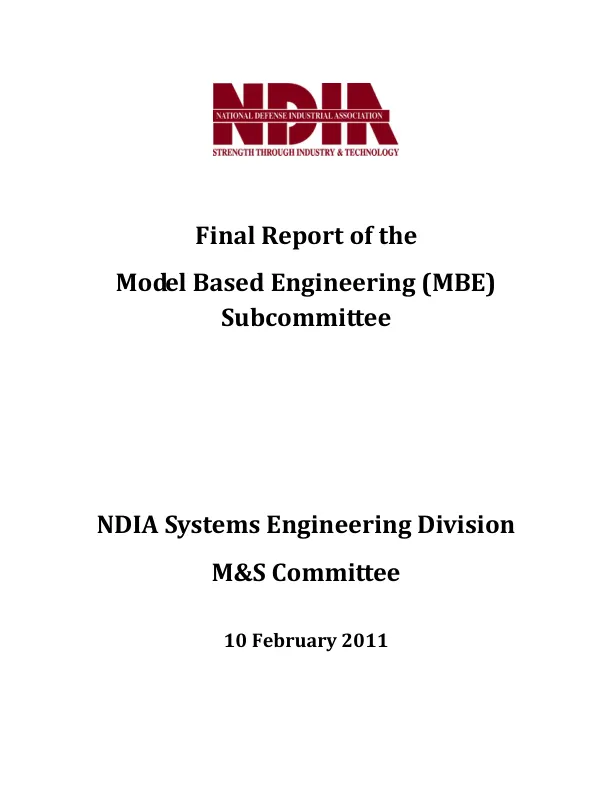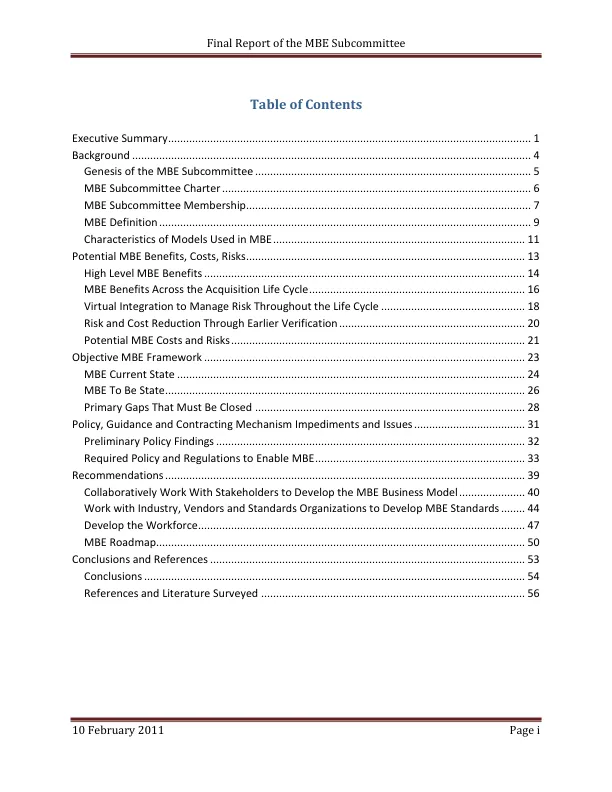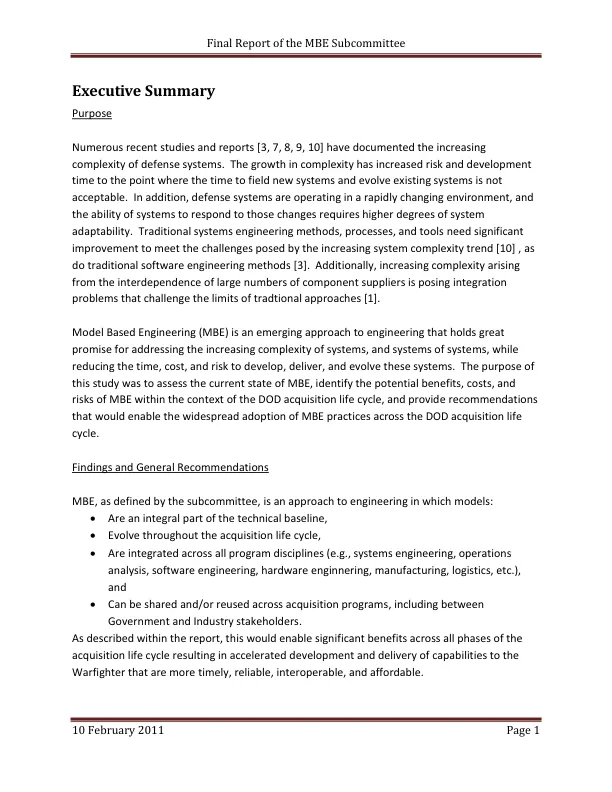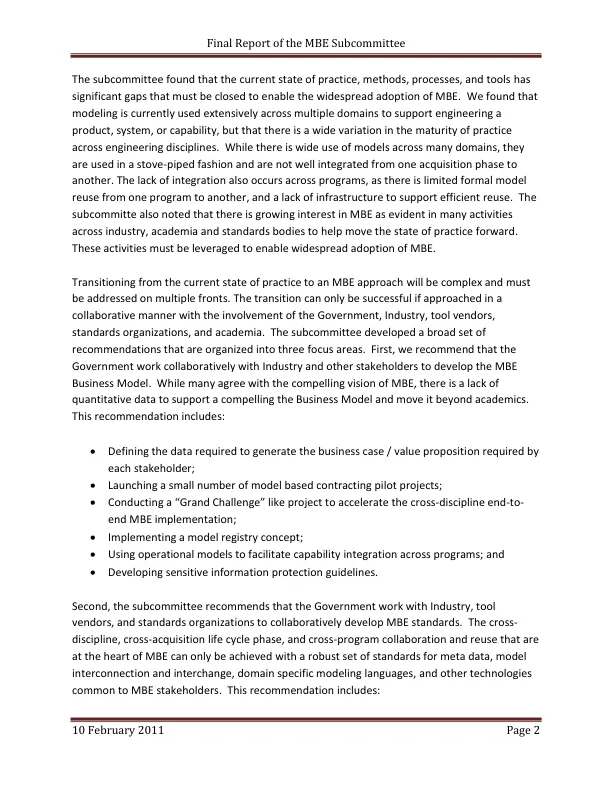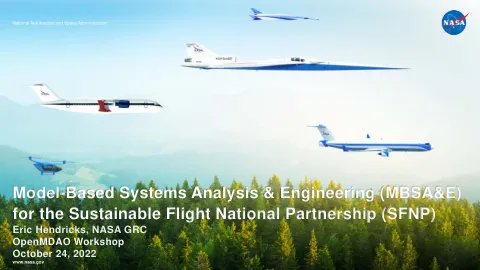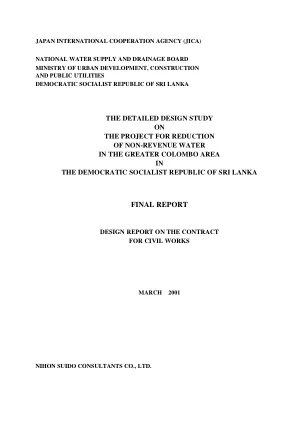Purpose Numerous recent studies and reports [3, 7, 8, 9, 10] have documented the increasing complexity of defense systems. The growth in complexity has increased risk and development time to the point where the time to field new systems and evolve existing systems is not acceptable. In addition, defense systems are operating in a rapidly changing environment, and the ability of systems to respond to those changes requires higher degrees of system adaptability. Traditional systems engineering methods, processes, and tools need significant improvement to meet the challenges posed by the increasing system complexity trend [10] , as do traditional software engineering methods [3]. Additionally, increasing complexity arising from the interdependence of large numbers of component suppliers is posing integration problems that challenge the limits of tradtional approaches [1]. Model Based Engineering (MBE) is an emerging approach to engineering that holds great promise for addressing the increasing complexity of systems, and systems of systems, while reducing the time, cost, and risk to develop, deliver, and evolve these systems. The purpose of this study was to assess the current state of MBE, identify the potential benefits, costs, and risks of MBE within the context of the DOD acquisition life cycle, and provide recommendations that would enable the widespread adoption of MBE practices across the DOD acquisition life cycle. Findings and General Recommendations MBE, as defined by the subcommittee, is an approach to engineering in which models:
基于模型的工程 (MBE) 的最终报告...
